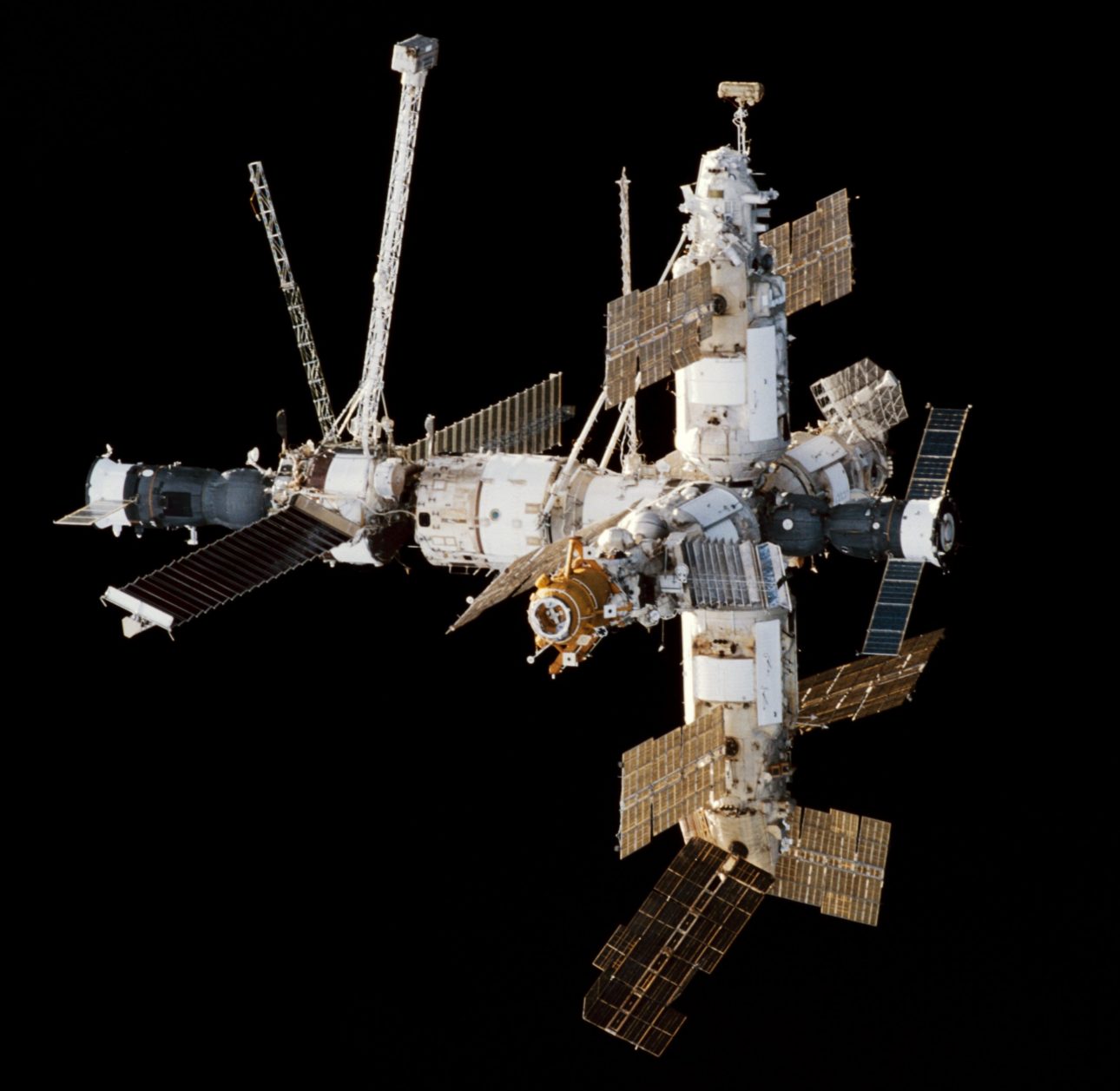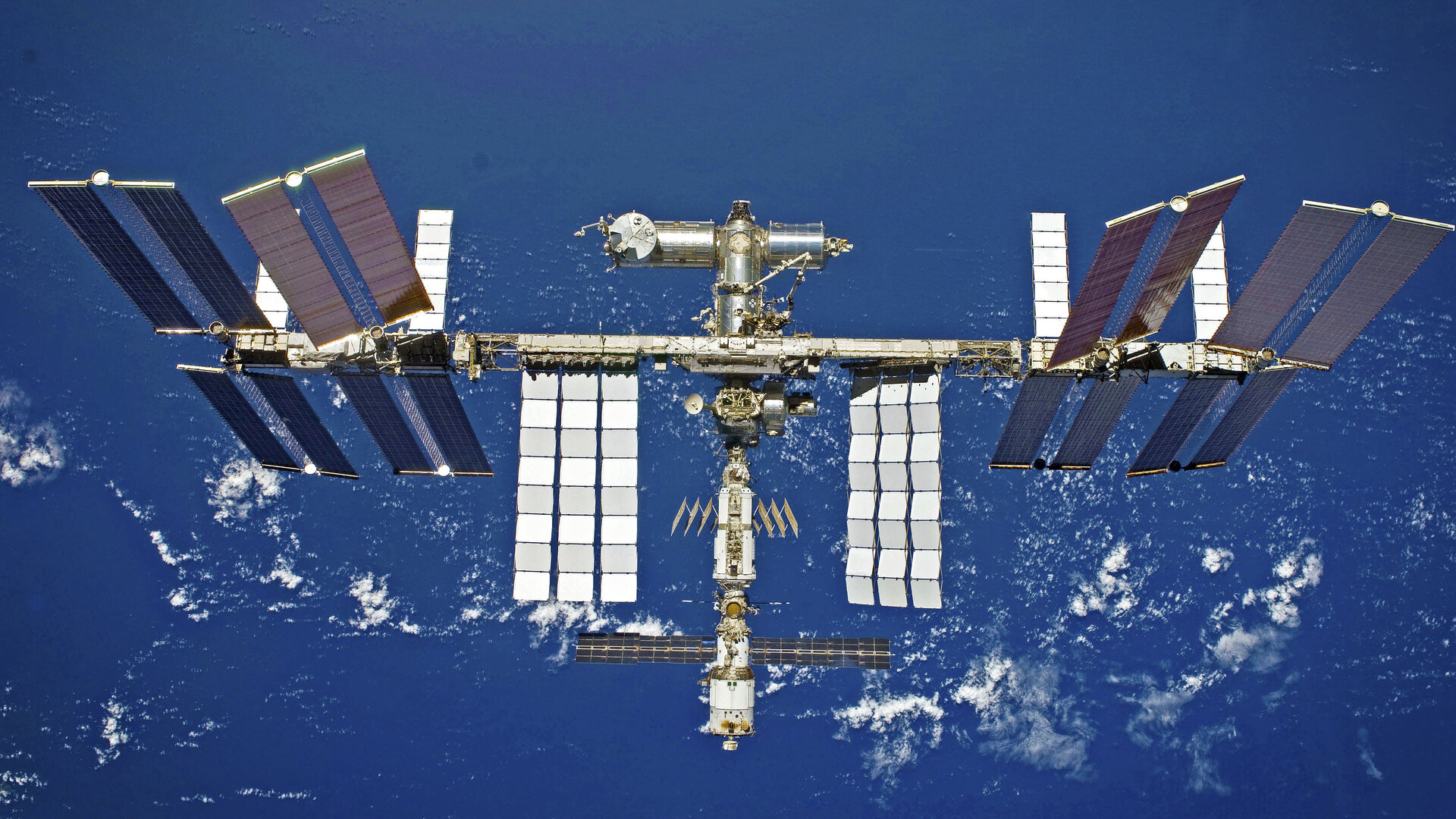In recent times, all space maneuvers have focused on the space race between China and the United States besides Russia. However, there is another country that has been fast catching up and working its way to space with successful missions and many ambitious launches planned for the coming years.
As China gears up to become the only country to have an exclusive and probably the only space station by 2024 or latest by 2030, its neighbor, India too has plans to follow suit in a few years.
Recently, the Union Minister for Space Jitendra Singh announced in Parliament that India’s first space station would be set up by 2030. The country’s long-awaited human spaceflight ‘Gaganyaan’ is slated for launch this year.
Earlier in 2019, Indian Space Research Organisation (ISRO) chief K Sivan presented the features of the proposed space station for the first time. The facility, according to Sivan, may weigh up to 20 tons.
Furthermore, it will be fixed in a 400-kilometer orbit above the Earth, where astronauts might stay for up to 15-20 days. The space station will be launched 5-7 years after the Gaganyaan expedition, Sivan had then stated.
“We want to have a separate space station. We will launch a small module for microgravity experiments… that is our ambition,” he said, addressing the media. A detailed report would be submitted to the government after the Gaganyaan mission is complete.

In a New Year message posted on the website of ISRO this year, K Sivan admitted that there is a perception that little happened at NASA in 2021 “mainly owing to a lower number of launches.” However, during the “lull time,” he noted, ISRO pursued various technology development initiatives and prepared for the next decade of space activities.
“India’s flagship Gaganyaan project has completed the design phase and has entered into the testing phase,” Sivan said.
India's space station??
1⃣ India will launch its first indigenously made space station by 2030, just a few years after the 'Gaganyaan' mission
2⃣ The credit goes to our hardworking scientists of #ISRO
Jai Jawan Jai kishan Jai vigyan#ModiHaiToMumkinHai pic.twitter.com/6rQSaEjhqd
— AjatShatru ™ ©️ אג'אשתרו (@vernaculartube) December 13, 2021
“Tests are in progress for human-rated Ll 10 Vikas engine, Cryogenic stage, Crew escape system motors and service module propulsion system,” he added.
India’s own space station could, however, become a reality only once the Gaganyaan project is launched as envisioned. It remains on the top of the priority for ISRO as well as the Indian government.
Realizing its dream of sending astronauts to space as well as having its own space station on par with major world powers is expected to be a historic feat for India.

The Gaganyaan Project
At the start of the second half of 2022, the space agency will undertake a test vehicle flight to validate the Crew Escape System’s performance, as well as Gaganyaan’s maiden unmanned mission.
The second unmanned trip is set for the end of 2022, after which three Indian Air Force officers would launch into space for training. Four IAF officers have been chosen for the operation, but their identities are being kept under wraps.

The second unmanned voyage will feature the “Vyommitra” space-faring robot, which is being constructed by ISRO and will be flown into space by the end of 2022. However, the real test will come in 2023, when India will launch the first astronaut using indigenous technology, becoming the fourth country to do so after the United States, Russia, and China.
In addition to these space programs, ISRO is gearing up for the Chandrayaan 3 expedition to the Moon, the Aditya-L1 mission to study the solar, and a voyage to Venus, all of which will take place before the space station is launched.
Multiple Programs Lined Up
In addition to these space programs, ISRO is gearing up for the Chandrayaan 3 expedition to the Moon, the Aditya-L1 solar mission, and a voyage to Venus, all of which will take place before the space station is launched.
Three new space missions are in the works, according to the ISRO chief. These include ‘DISHA,’ a twin aeronomy satellite mission, Venus expedition, and ISRO-CNES collaborative science mission ‘TRISHNA.’ TRISHNA is a mission that aims to accurately map land surface temperatures.
This mission would set the bar for providing temperature data with the highest resolution and reproducibility, even throughout the globe, according to Sivan.

Sivan, who is also the Secretary of the Department of Space, highlighted that the government has already authorized space sector reforms in order to expand the space industry’s presence not just within India but also globally. “Many policies have been altered to fit the reforms after due process,” he noted.
So, while the space station is the most ambitious project that ISRO has planned, it’s going to take a little while before it could be launched.
Defense Analyst and Managing Editor of The EurAsian Times Nitin J. Ticku says, “If you see the track records of China and India in tandem, you get a clearer picture and also a fair idea about India’s space station. Starting from the nuclear test to the ASAT test, India has been catching up to China, pretty fast.
“China first conducted its nuclear test in 1964 and India caught up in just over 10 years in 1974; Beijing sent its first lunar mission Chang’e 1 in 2007 and New Delhi followed suit with its Chandrayaan 1 in 2008; China conducted its first ASAT mission in 2007 and India followed in 2019. So ideally, now that the Asian giant has launched its own space station, history shows that India could actually have its own space station by 2030 as ISRO has announced. It’s a pattern that we’re looking at.”
- Contact the author at sakshi.tiwari9555@gmail.com
- Follow EurAsian Times on Google News




